Tracie McMillan writes a thoughtful and difficult piece for National Geographic:
Chances are good that if you picture what hunger looks like, you don’t summon an image of someone like Christina Dreier: white, married, clothed, and housed, even a bit overweight. The image of hunger in America today differs markedly from Depression-era images of the gaunt-faced unemployed scavenging for food on urban streets. […]
In the United States more than half of hungry households are white, and two-thirds of those with children have at least one working adult—typically in a full-time job. With this new image comes a new lexicon: In 2006 the U.S. government replaced “hunger” with the term “food insecure” to describe any household where, sometime during the previous year, people didn’t have enough food to eat. By whatever name, the number of people going hungry has grown dramatically in the U.S., increasing to 48 million by 2012—a fivefold jump since the late 1960s, including an increase of 57 percent since the late 1990s.
And these numbers will keep growing as the divide between the poor and the wealthy grows wider.
It can be tempting to ask families receiving food assistance, If you’re really hungry, then how can you be—as many of them are—overweight? The answer is “this paradox that hunger and obesity are two sides of the same coin,” says Melissa Boteach, vice president of the Poverty and Prosperity Program of the Center for American Progress, “people making trade-offs between food that’s filling but not nutritious and may actually contribute to obesity.”
It’s terrible that obesity would be an indicator of hunger or malnourishment. It could be a different picture if the government would subsidize the right things. This part, with emphasis mine, speaks to that:
These are the very crops that end up on Christina Dreier’s kitchen table in the form of hot dogs made of corn-raised beef, Mountain Dew sweetened with corn syrup, and chicken nuggets fried in soybean oil. They’re also the foods that the U.S. government supports the most. In 2012 it spent roughly $11 billion to subsidize and insure commodity crops like corn and soy, with Iowa among the states receiving the highest subsidies. The government spends much less to bolster the production of the fruits and vegetables its own nutrition guidelines say should make up half the food on our plates. In 2011 it spent only $1.6 billion to subsidize and insure “specialty crops”—the bureaucratic term for fruits and vegetables.
The USA needs to subsidize produce with a focus on health. Every dollar that goes against that is a dollar squandered, and it’s easy to see this in our population. The government is the reason fast food is cheaper than vegetables. The general health of the people should be considered our government’s problem, because it starts with what crops they subsidize.
